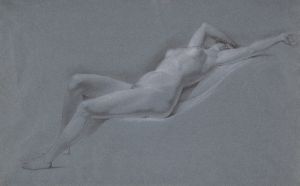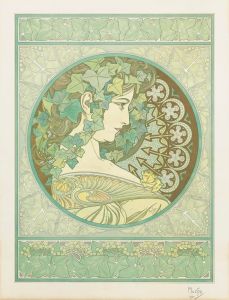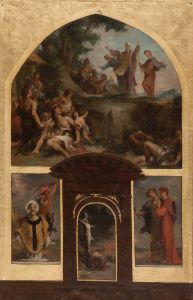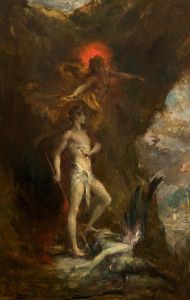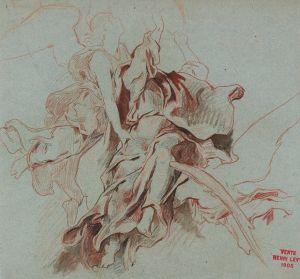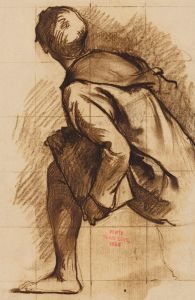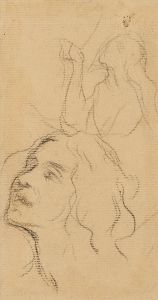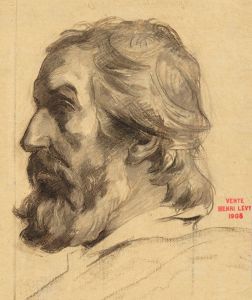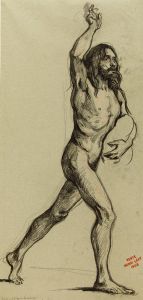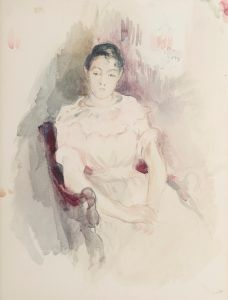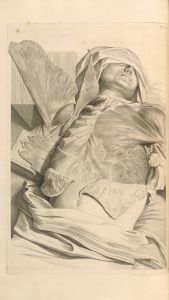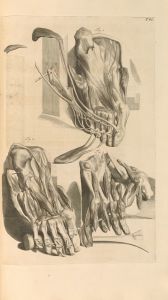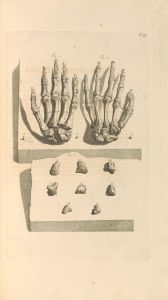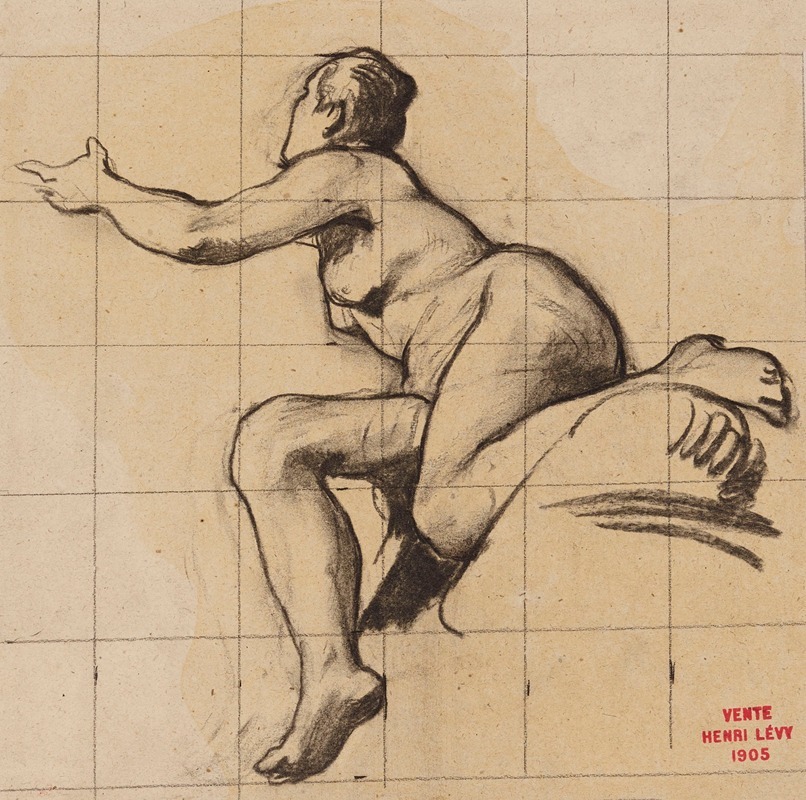
Etude de femme contorsionnée
A hand-painted replica of Henri Leopold Lévy’s masterpiece Etude de femme contorsionnée, meticulously crafted by professional artists to capture the true essence of the original. Each piece is created with museum-quality canvas and rare mineral pigments, carefully painted by experienced artists with delicate brushstrokes and rich, layered colors to perfectly recreate the texture of the original artwork. Unlike machine-printed reproductions, this hand-painted version brings the painting to life, infused with the artist’s emotions and skill in every stroke. Whether for personal collection or home decoration, it instantly elevates the artistic atmosphere of any space.
Henri Leopold Lévy was a French painter known for his works in the academic style, often depicting historical and mythological subjects. One of his notable works is "Etude de femme contorsionnée," which translates to "Study of a Contorted Woman." This painting reflects Lévy's skill in capturing the human form and his interest in exploring complex poses and expressions.
Lévy was born in 1840 in Nancy, France, and studied at the École des Beaux-Arts in Paris, where he was a student of François-Édouard Picot and Alexandre Cabanel. His education under these prominent artists of the time influenced his approach to painting, which was characterized by a strong emphasis on classical techniques and attention to detail.
"Etude de femme contorsionnée" is a testament to Lévy's ability to convey movement and emotion through the human body. The painting features a female figure in a dynamic, twisted pose, showcasing Lévy's understanding of anatomy and his ability to render the complexities of the human form. The contorted position of the woman suggests a sense of tension and drama, which is a recurring theme in many of Lévy's works.
The painting is executed with a meticulous attention to detail, highlighting Lévy's academic training. The use of light and shadow in the piece enhances the three-dimensionality of the figure, bringing a sense of realism to the composition. Lévy's brushwork is precise, and the textures of the skin and fabric are rendered with great care, demonstrating his technical proficiency.
Lévy's work, including "Etude de femme contorsionnée," was well-received during his lifetime, and he exhibited regularly at the Paris Salon, the official art exhibition of the Académie des Beaux-Arts in Paris. His paintings often drew praise for their classical beauty and the skillful execution of complex compositions.
While "Etude de femme contorsionnée" is not as widely known as some of Lévy's other works, it remains an important example of his artistic style and his ability to capture the human form in a compelling way. The painting reflects the broader trends in 19th-century French art, where academic painters sought to balance classical ideals with the exploration of new themes and techniques.
Henri Leopold Lévy continued to paint and exhibit his work until his death in 1904. His contributions to the art world, particularly in the realm of academic painting, have been recognized for their technical excellence and their ability to convey the beauty and complexity of the human experience. "Etude de femme contorsionnée" stands as a testament to Lévy's skill and his enduring legacy in the world of art.





